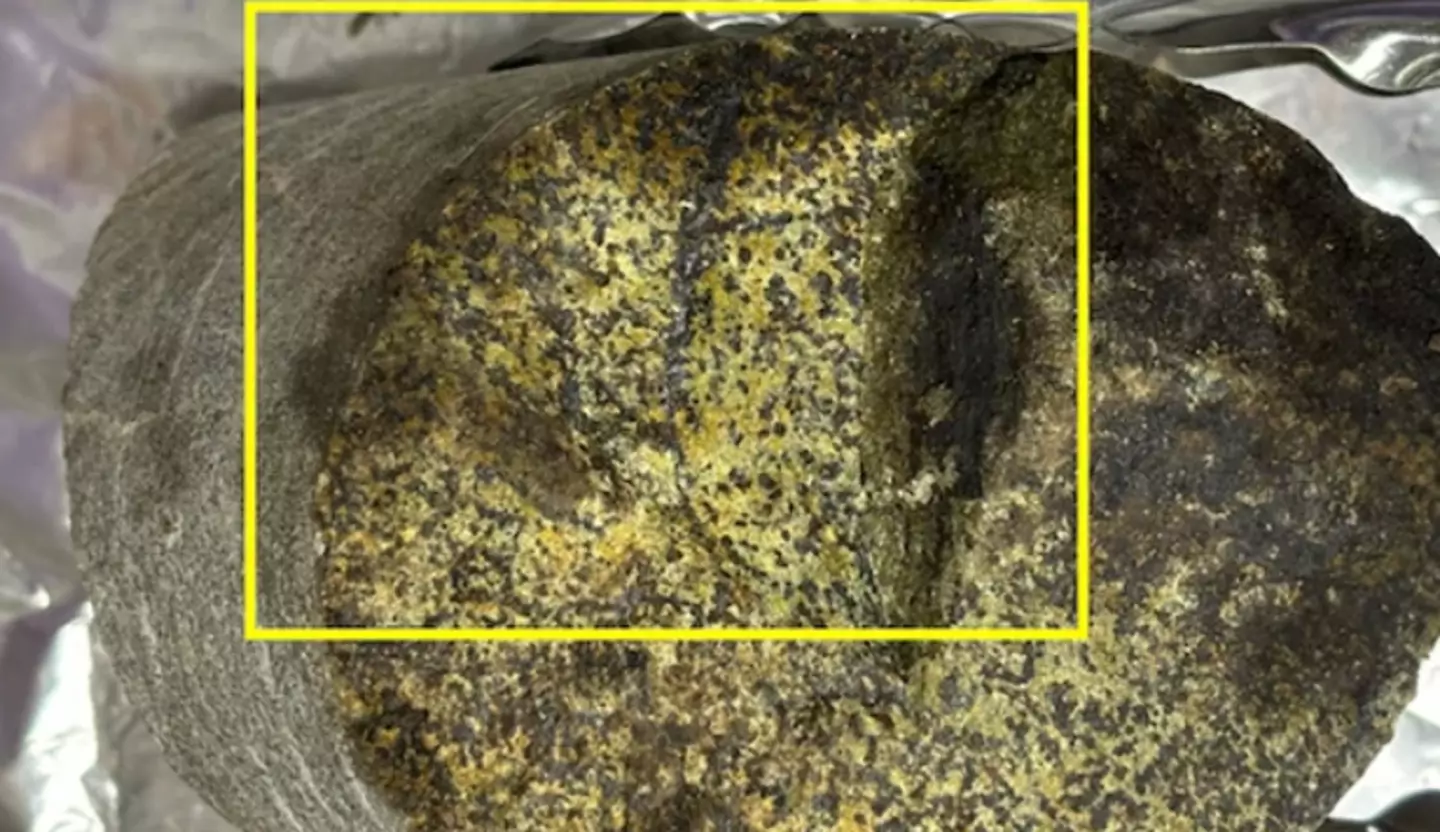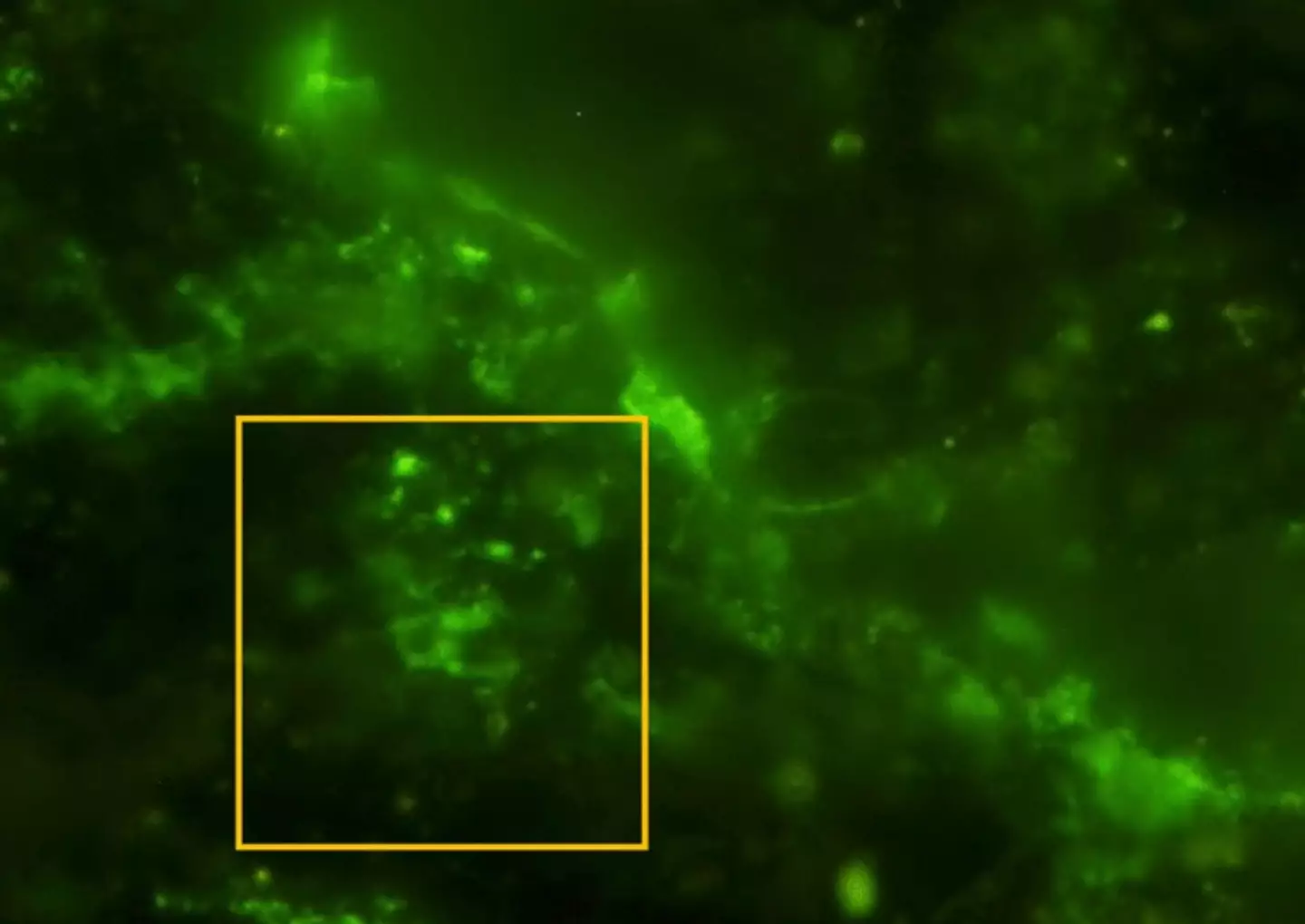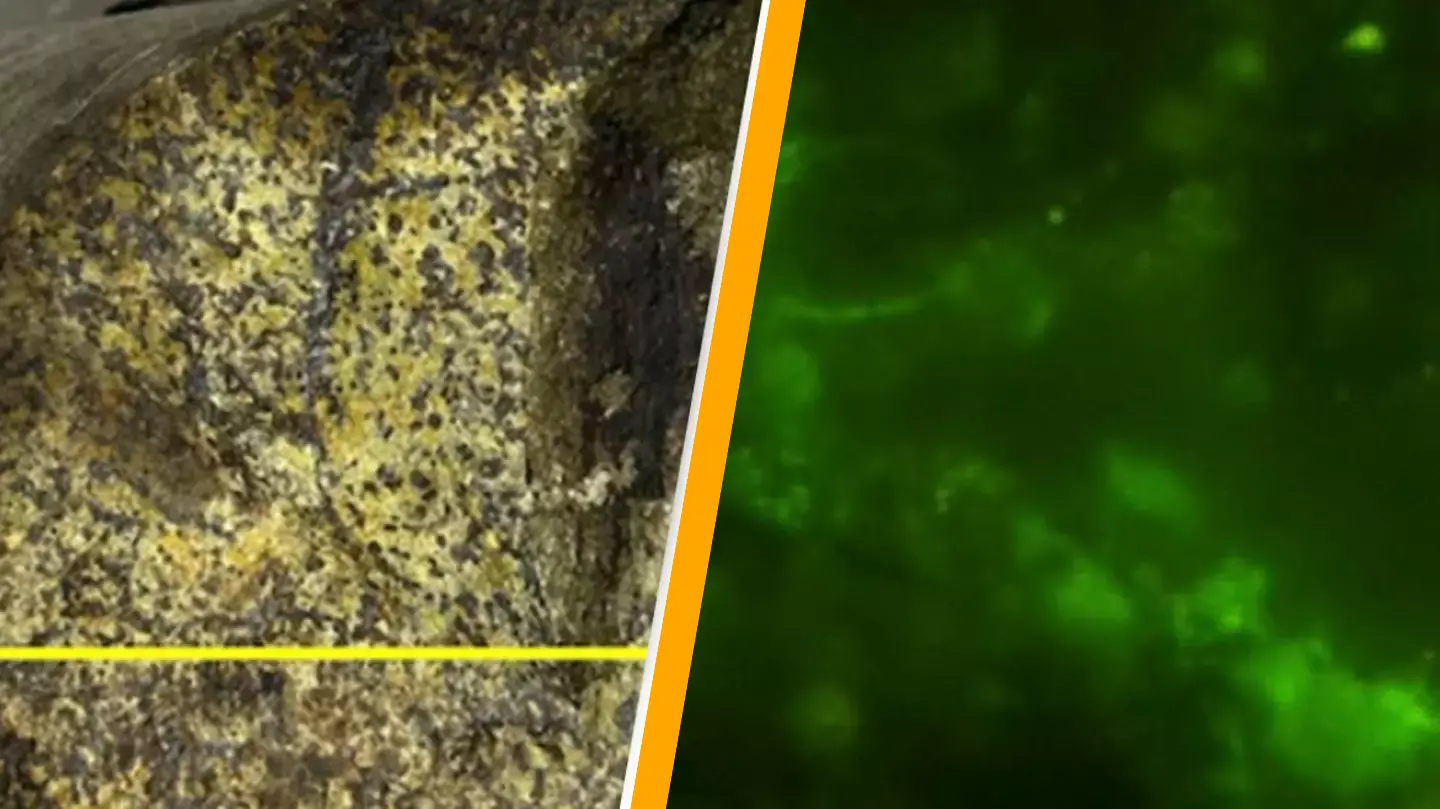Researchers drilling into ancient rocks in South Africa stumbled upon an unexpected find that could shed light on early evolutionary processes.
The International Continental Scientific Drilling Program is undertaking ultradeep drilling operations in the Bushveld Igneous Complex, South Africa. During this venture, the team managed to retrieve a 30cm rock core sample.
In an effort to glean more information, scientists dissected the rock, sliced it thinly, and conducted analyses.
What they found within the rock exceeded their expectations.
The team discovered what they suspect are microbial cells nestled in the rock’s fissures. If these microorganisms are indeed native to the rock and not contaminants, they would constitute the oldest known living microorganisms found within rocks.
The researchers detailed these ‘exciting’ findings in a recent study, suggesting that these microbes could enhance our understanding of early Earth’s biosphere and potentially inform the search for life on other planets, particularly Mars.

Lead author Yohey Suzuki described the significance of the discovery in a press release.
“Until now, the oldest geological layer in which living microorganisms had been found was a 100-million-year-old deposit beneath the ocean floor,” Suzuki stated. “This is a very exciting discovery.”
Suzuki, an associate professor from the Graduate School of Science at the University of Tokyo, elaborated on the potential implications of this discovery for Earth: “By studying the DNA and genomes of microbes like these, we may be able to understand the evolution of very early life on Earth.”

Suzuki also believes that analyzing microbes from Paleoproterozoic Era rocks could enhance our comprehension of Mars’ history.
“NASA’s Mars rover Perseverance is currently due to bring back rocks that are a similar age to those we used in this study,” Suzuki noted.
“Finding microbial life in samples from Earth from two billion years ago and being able to accurately confirm their authenticity makes me excited for what we might be able to now find in samples from Mars.”

